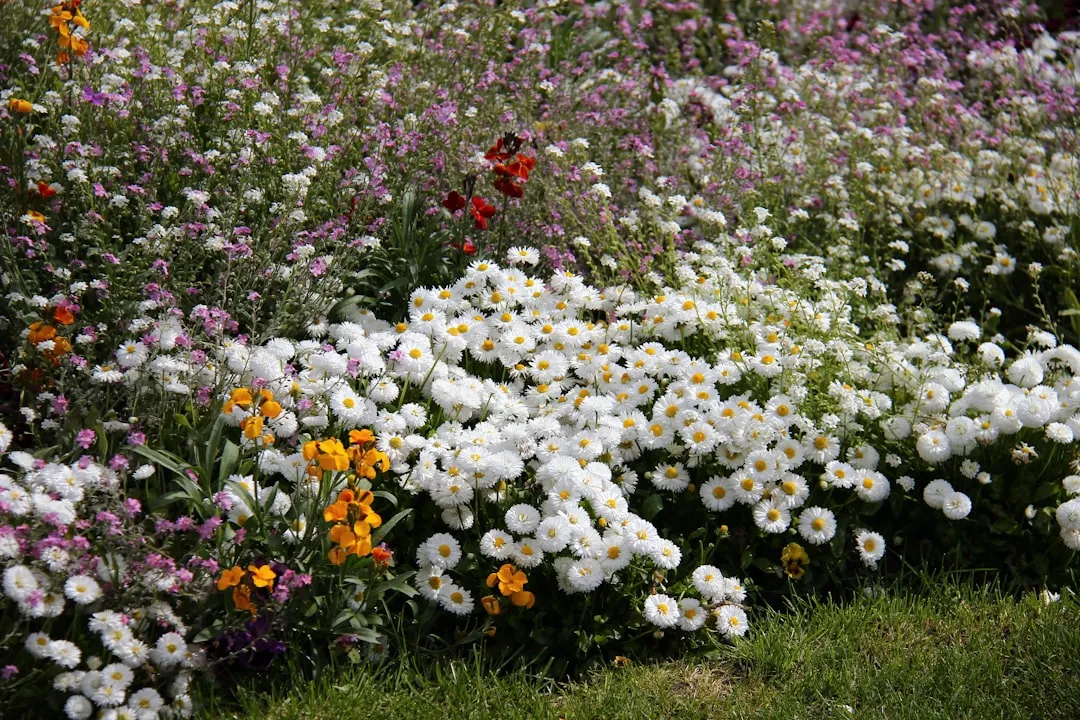The Timing Secret of Plant Pruning

When it comes to gardening, one of the most crucial aspects that often gets overlooked is the timing of plant pruning. Pruning is not just about shaping your plants; it can significantly impact their health, growth, and ability to produce flowers and fruits. Pruning a plant at the wrong time can have detrimental effects, such as cutting away potential flowers or inviting diseases. In this article, we will explore the times when you should never prune your plants.
First, let's understand why pruning timing matters so much. Different plants have different growth cycles and flowering patterns. Some plants flower on old wood, which means they form flower buds on the previous year's growth. For these plants, pruning at the wrong time can remove the flower - bearing branches, resulting in a lack of blooms in the upcoming season. On the other hand, pruning at the right time can stimulate healthy growth and improve the overall appearance of the plant.
One of the most common mistakes in pruning is pruning spring - flowering shrubs too late. Many spring - flowering shrubs, like forsythia, lilacs, and azaleas, flower on old wood. These plants form their flower buds in the summer or fall of the previous year. If you prune them in the spring or summer after they have bloomed, you will be cutting off the branches that would have produced flowers the next year. The best time to prune these spring - flowering shrubs is immediately after they finish blooming. This way, you give the plant enough time to develop new growth and form flower buds for the following year.
Another group of plants to be cautious with are evergreens. Evergreens, such as pine, spruce, and fir trees, have a different growth pattern compared to deciduous plants. Pruning evergreens at the wrong time can cause permanent damage. For most evergreens, the best time to prune is in late winter or early spring before new growth begins. Pruning in the fall or late summer can leave the plant vulnerable to winter damage, as the new cuts may not have enough time to heal before the cold weather sets in. Additionally, pruning evergreens too severely can disrupt their natural shape and growth habit, making them look unappealing and potentially affecting their long - term health.
Some plants, like roses, also require careful pruning timing. Hybrid tea roses, for example, are often pruned in late winter or early spring to encourage new growth and more abundant flowering. However, pruning them too early in the fall can stimulate new growth that may not have time to harden off before winter, increasing the risk of winter injury. It's important to wait until the plant has entered dormancy before pruning.
When it comes to fruit trees, pruning at the wrong time can also have a significant impact on fruit production. Fruit trees, such as apple, peach, and cherry trees, should generally be pruned during their dormant season, which is usually in late winter. Pruning during the growing season can remove potential fruit - bearing branches and may also spread diseases. For example, pruning a peach tree during wet weather in the spring can increase the risk of peach leaf curl, a common fungal disease.
It's also essential to consider the weather conditions when pruning. Pruning during wet or humid weather can increase the risk of disease transmission. Fungi and bacteria can easily enter the plant through fresh cuts, especially when the environment is moist. Therefore, it's best to choose a dry day for pruning. Additionally, avoid pruning when the plant is under stress, such as during a drought or after a severe storm. Pruning a stressed plant can further weaken it and make it more susceptible to pests and diseases.
In conclusion, understanding the right time to prune your plants is essential for their health and beauty. By avoiding pruning at the wrong times, you can ensure that your plants thrive, produce abundant flowers and fruits, and remain resistant to diseases. Take the time to research the specific pruning requirements of each plant in your garden, and always follow the best practices for pruning timing. With proper pruning, you can enjoy a beautiful and healthy yard for years to come.